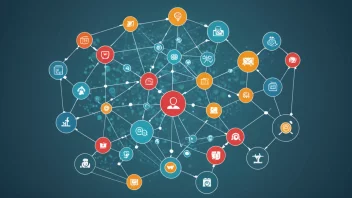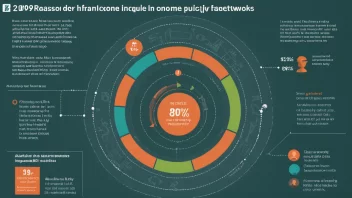In recent years, social media has emerged as a powerful tool for environmental activism, reshaping how individuals and organizations communicate, mobilize, and advocate for change. Platforms like Twitter, Facebook, Instagram, and TikTok have transcended geographical barriers, allowing activists to reach a global audience and engage in real-time discussions about pressing environmental issues. This article explores the multifaceted role of social media in environmental activism, examining its influence on public awareness, community building, and policy advocacy, while also addressing the challenges that come with such rapid digital engagement.
Raising Awareness and Educating the Public
One of the most significant impacts of social media on environmental activism is its ability to raise awareness about critical environmental issues. Activists and organizations can share information quickly and broadly, reaching millions of users with just a few clicks. For example, the hashtag #FridaysForFuture, initiated by climate activist Greta Thunberg, gained traction on platforms like Twitter and Instagram, mobilizing students and adults alike to participate in climate strikes around the world. Such campaigns not only educate the public about the urgency of climate action but also empower individuals to take part in collective movements.
Moreover, social media serves as an educational platform where users can learn about various environmental topics—from climate change and biodiversity loss to pollution and sustainable practices. Infographics, videos, and articles shared on these platforms can simplify complex scientific concepts, making them accessible to a broader audience. This democratization of information is crucial, as it enables people from diverse backgrounds to engage with and understand environmental challenges.
Building Communities and Fostering Collaboration
Social media has also played a pivotal role in building communities around environmental causes. Online platforms allow like-minded individuals to connect and collaborate, regardless of their physical location. Groups dedicated to specific issues, such as plastic pollution or deforestation, can form and thrive on platforms like Facebook or Reddit, providing a space for discussion, resource sharing, and support.
Furthermore, social media facilitates collaboration between grassroots movements and larger organizations. Environmental NGOs can amplify the voices of local activists, ensuring that their concerns reach policymakers and the global community. For instance, during the Amazon rainforest fires in 2019, social media campaigns drew international attention to the crisis, prompting global outrage and calls for action. This interconnectedness fosters a sense of solidarity among activists, encouraging them to work together towards common goals.
Influencing Policy and Driving Change
Another critical aspect of social media's role in environmental activism is its potential to influence policy and drive change. Activists can use these platforms to hold governments and corporations accountable for their environmental practices. Online petitions, often shared through social media, have become a popular way to mobilize support for specific policy changes, such as banning single-use plastics or implementing stricter emissions regulations.
Moreover, social media campaigns can create significant pressure on decision-makers. For example, the #StopAdani campaign in Australia utilized social media to challenge the Adani Group's coal mine project, which posed severe environmental risks. The campaign garnered widespread support, leading to increased scrutiny from the public and regulators. This demonstrates how social media can serve as a catalyst for change, amplifying the collective voice of concerned citizens.
Challenges and Limitations
Despite its many advantages, the use of social media in environmental activism is not without challenges. One major concern is the spread of misinformation. In an age where information can be shared instantaneously, false narratives can quickly gain traction, undermining legitimate environmental movements. Activists must remain vigilant and ensure that the information they share is accurate and well-sourced.
Additionally, the effectiveness of social media activism can sometimes be questioned. While online campaigns can generate significant attention, they may not always translate into tangible action or policy change. This phenomenon, often referred to as “slacktivism,” highlights the importance of combining online efforts with offline actions, such as protests, community clean-ups, or lobbying efforts.
The Future of Environmental Activism in the Digital Age
As technology continues to evolve, the role of social media in environmental activism is likely to expand further. Emerging platforms and tools, such as virtual reality and augmented reality, could offer new ways for activists to engage the public and create immersive experiences that highlight environmental issues. Additionally, the rise of influencers and content creators on social media can help diversify the voices within the environmental movement, attracting younger audiences and fostering a more inclusive dialogue.
Ultimately, the intersection of social media and environmental activism represents a dynamic and evolving landscape. By harnessing the power of digital platforms, activists can mobilize support, educate the public, and advocate for meaningful change. However, it is essential to navigate the challenges thoughtfully, ensuring that the movement remains grounded in factual information and actionable goals.
Conclusion
In conclusion, social media has fundamentally transformed the landscape of environmental activism, providing a platform for awareness, community building, and policy advocacy. While challenges such as misinformation and the risk of slacktivism persist, the potential for positive impact remains significant. As we move forward, the continued integration of social media into environmental efforts will be crucial in addressing the pressing challenges facing our planet. By leveraging these digital tools effectively, activists can inspire collective action and drive meaningful change for a sustainable future.






